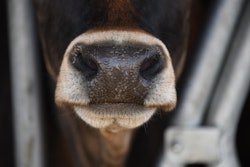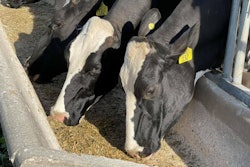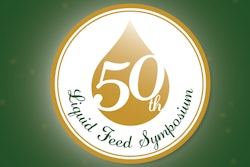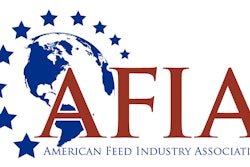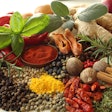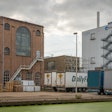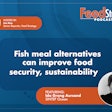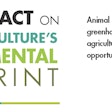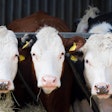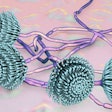The North American Renderers Association (NARA) announces a newly published peer reviewed article,How Agricultural Rendering Supports Sustainability and Assists Livestock’s Ability to Contribute More Than Just Food,in the animal science journal,Animal Frontiers;Volume 11, issue 2.
The journal article examines rendering’s benefits for the three pillars of sustainability (Environmental, Social and Economic) and explores the prevalence of rendered products in our daily lives, as well as how rendering contributes to the livestock industry’s ability to provide more than just meat for human consumption.
Included topics detail the rendering industry’s safety and regulation, and the makeup and types of protein meals and fats produced from the rendering process. Also included are rendering’s sustainability benefits (such as reduced food waste, water reclamation), and rendering’s key role in sustainable pet food, and the numerous products people use regularly that are only available because of the rendering process.
Visual aids, rendering diagrams, and educational infographics are provided, as well as new data about rendering, and the authors’ predictions and recommendations on the industry moving forward.
“这是一个荣誉同行评议的这篇文章published, and for the rendering industry to be recognized by respected scientific experts for its many important contributions to sustainability,” says Nancy Foster, president and CEO of NARA and FPRF.
“We are pleased that our research findings on the climate-smart and environmentally resilient benefits from rendering are now widely available for the public, policy makers, researchers, and industry professionals alike.”
Thearticlewas authored byAnna Wilkinson, director of communications for NARA and the Fats and Proteins Research Foundation (FPRF) with co-author David Meeker, Ph.D., senior vice president of Scientific Services for NARA and Technical Services Director of FPRF.
About Rendering
Rendering is a highly sustainable method of preventing and reducing food waste that has been practiced for centuries yet is not widely understood, nor is its highly valuable contribution to global sustainability discussed or generally recognized.
渲染过程需要剩下的,不可取的,or uneaten livestock and poultry meat (and used cooking oil) and safely and hygienically processes it to create new products so that nothing is wasted. In short: ‘rendering is recycling,’ and renderers are the ‘original recyclers.’
Roughly 50% of an animal is considered inedible by people who choose to eat meat. Rendering reclaims this otherwise wasted protein, bone, fat, and used cooking oil from restaurants and transforms it into approximately 31.4 billion pounds of fat, oil, and protein products each year.
This rendered material is used in ingredients that produce new goods such as nutritious animal feed and pet food, biofuel, and many household and industrial products.
As a result of rendering, huge volumes of animal leftovers and used cooking oil are kept out of landfills, resulting in a net reduction of carbon emissions. Rendering avoids at least 90% of potential greenhouse gas emissions (GHGs) compared with industrial composting and sequesters five times the amount of GHGs as it emits. In fact, as of 2020, rendering’s annual GHG reduction is equivalent to removing over 18.5 million cars from the road.
By reclaiming and converting these animal leftovers and used cooking oil into ingredients for new products, rendering helps customers and consumers to be more sustainable. In addition to lowering GHGs, rendering generates clean water, reduces animal agriculture’s environmental footprint, and provides thousands of full-time jobs, many in rural areas.
About theNorth American Renderers Association
The North American Renderers Association (NARA) represents the interests of the North American rendering industry to regulatory and other governmental agencies, promotes the greater use of animal byproducts, and fosters the opening and expansion of trade between foreign buyers and North American exporters.





